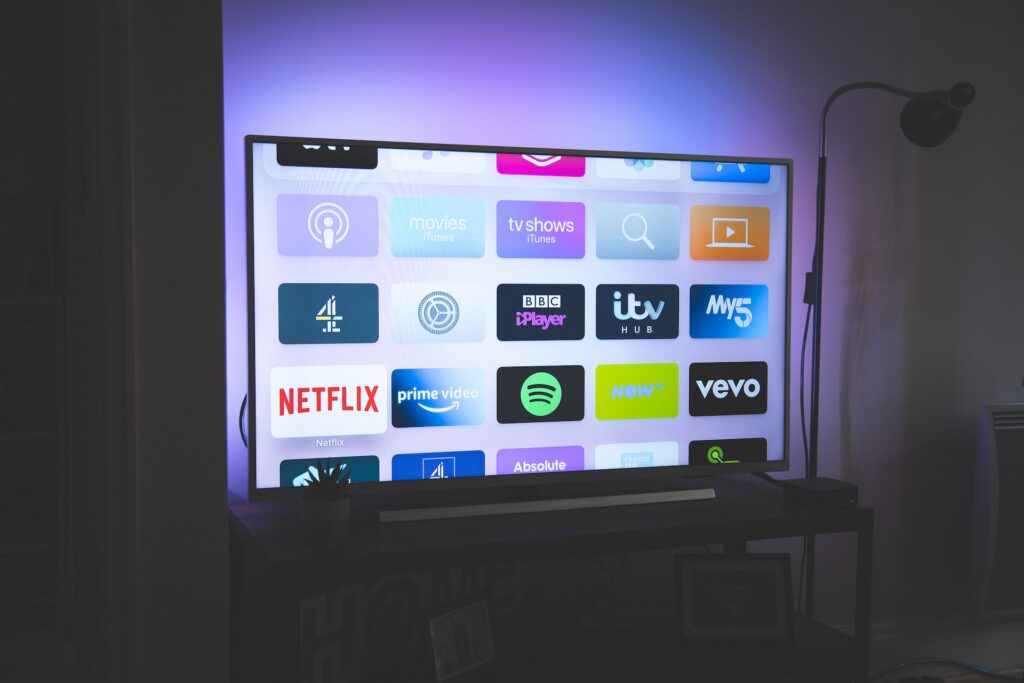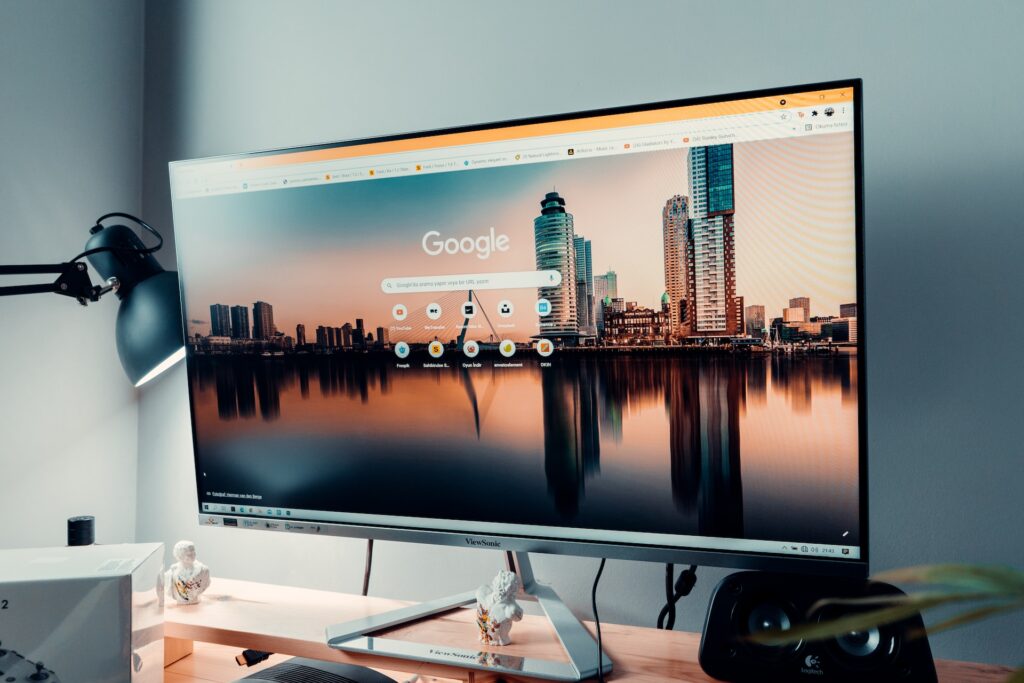Introduction

The era of 3D TVs brought about excitement and anticipation in the realm of home entertainment, promising a truly immersive viewing experience. Major manufacturers like Samsung, LG, and Sony ventured into this technology, marking its inception around 2010. However, 3D TVs faced a decline and eventual discontinuation in 2017, leaving users to ponder whether they are still relevant in today’s rapidly evolving tech landscape. In this article, we’ll explore the pros and cons of 3D TVs, shedding light on their enduring appeal for some and the reasons for their decline.
The 3D TV Era
The emergence of 3D technology in cinemas in 2009 paved the way for the 3D TV era, making it accessible in the comfort of one’s home starting in 2010. While 3D TVs had a devoted fan base, critics argue that it was a grand consumer electronics experiment. Let’s delve into the pros and cons that defined this phenomenon.
3D TV—PROs
1. Immersive Viewing Experience
One of the undeniable advantages of 3D TVs was the immersive viewing experience they offered. Watching 3D movies, sports, TV shows, or playing video/PC games in 3D at home provided a unique level of engagement when properly produced and displayed on a well-adjusted 3D TV. Larger screens, such as those 50 inches or more, enhanced this experience, filling a substantial portion of the viewer’s field of vision.
2. Excellent 2D Performance
Surprisingly, 3D TVs excelled not only in the realm of 3D but also as 2D TVs. The enhanced processing necessary for optimal 3D viewing spilled over into the 2D environment, delivering superior contrast, black levels, and motion response. This inadvertently made 3D TVs an attractive choice even for those uninterested in 3D content.
3. Real-Time 2D to 3D Conversion
Some high-end 3D TVs offered a feature that converted 2D content to a simulated 3D experience in real-time. While not as immersive as native 3D content, it provided a sense of depth and perspective, especially enhancing the viewing of live events like sports.
3D TV—CONs
1. Not Universal Appeal
Not everyone was enamored with 3D technology. The experience of viewing 3D content often felt unnatural compared to our perception of the real world. Additionally, some individuals, akin to being color blind, found it difficult to perceive the stereoscopic effect, diminishing the appeal of 3D viewing.
2. Uncomfortable Glasses
The discomfort associated with wearing 3D glasses hindered the enjoyment for many viewers. The glasses, depending on the type, were not always comfortable and limited the field of vision, adding a somewhat claustrophobic element to the viewing experience.
3. Cost Factors
The price of 3D glasses and the overall cost of 3D TV setups acted as barriers for many potential consumers. Shutter-type 3D glasses, for instance, were often expensive, and investing in 3D Blu-ray players and content further escalated the cost.
4. Limited Content Availability
A crucial drawback was the scarcity of 3D content. While there were notable 3D Blu-ray titles, the availability of 3D content beyond Blu-ray was sparse. Cable/satellite services and streaming platforms had limited offerings, and broadcast TV providers showed little enthusiasm for 3D broadcasting due to its logistical challenges and cost implications.
Conclusion

The advent and subsequent decline of 3D TVs marked an interesting phase in the evolution of home entertainment. Despite the end of production by major manufacturers, 3D TVs still have a place in the homes of enthusiasts and those looking for a unique viewing experience. While the immersive nature of 3D and the added benefit of enhanced 2D performance were appealing aspects, factors like discomfort, cost, and limited content availability played a significant role in the waning popularity of this technology. In the ever-evolving landscape of home entertainment, it’s essential to weigh these pros and cons to determine whether 3D TVs remain relevant to individual preferences and viewing habits.



